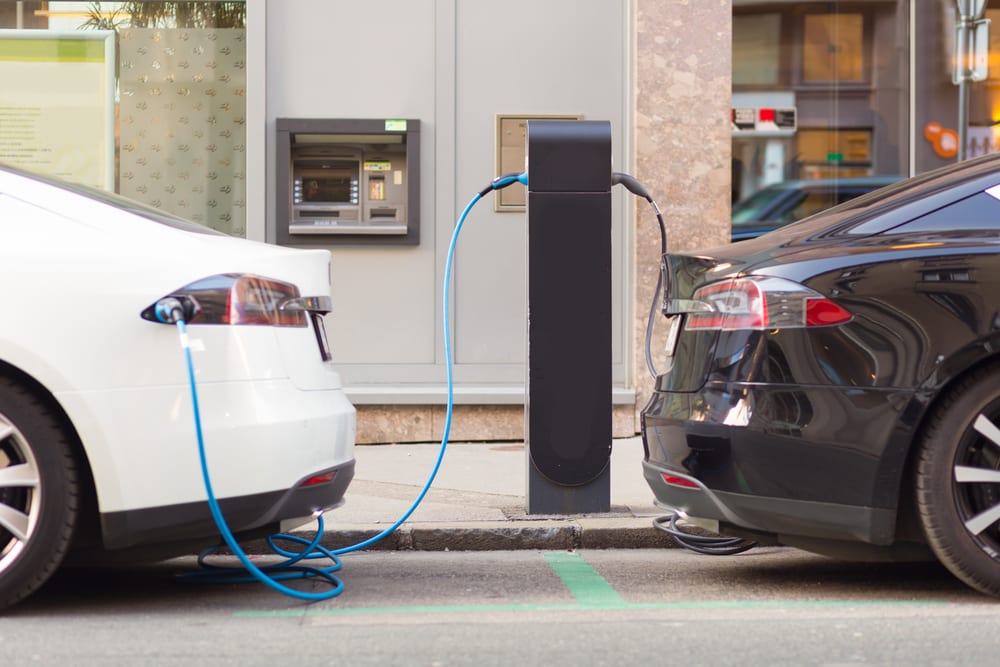

Within a few years, the total amount of all-electric car models has gone from a select, expensive few to well more than a dozen, with most major brands and a handful of new companies throwing their best technologies and innovations into these models. As the technology is constantly changing to create cars that are better for consumers, there's been a great deal of mixed messaging about their safety, "greenness," and convenience. While there's a lot to consider when buying a car, electric cars are far more convenient today than may people realize. To fully understand them, one must start with considering how electric cars work. You may also want to quantify how many miles you'll be driving and your price ideal range. Expert researchers at The Rideshare Guy have put together the ultimate guide on electric vehicles that takes into account miles per gallon, vehicle prices, and mile range of the best vehicles for both rideshare drivers and car owners with long commutes.
First, one must grasp that while traditional cars and electric cars may appear the same on the outside, with similar bodies, interiors, and even color palettes compared to their hybrid and gas-powered counterparts, the "guts" of the vehicle are completely different technologies that can be molded into any shape. No matter the specific model, an electric car usually has three basic parts: an energy storage unit, a control unit, and the propulsion unit. Energy storage is usually in the form of a high-end battery, with the most common being a sizable chemical battery. The controller is the brains of the operation, the gateway to the propulsion unit, often converting AC to DC power. The propulsion unit turns that power into physical movement, serving as the electric motor. It shares the most similarities with a traditional motor, though it is often a fraction of the size.
In electric cars from different companies, however, the three main components differ greatly. For instance, an electric motor doesn't need to live in the front of the car but could be mounted in the back instead. You could have several electric motors, even one mounted on each wheel. You can have several controllers. The energy storage component could be a huge lithium-ion battery (like in a smartphone), lead-acid battery, hydrogen fuel-cell battery, or some other new technology. That's why the range on many electric cars varies so much: The energy storage units themselves vary a great deal. Then, when you add in plug-in hybrids with a gas backup engine, there are added complexities.
Within a normal car, a series of messy, chaotic, minor explosions are constantly happening inside the engine, producing tailpipe emissions, which electric cars don't produce. A traditional car takes the energy from the repetitive explosions to create motion. In an electric car, you're essentially taking the energy from your local power station and using that energy to produce motion. That's why electric cars are almost dangerously quiet (they're not running on constant explosions) and why the availability of charging stations is so important (to draw more energy from a power plant). Many electric car owners will choose to install a wall charger in their home for convenience's sake. It costs about $2.64 to reach a full charge on a typical electric car battery with a 70-mile range. When combined with on-roof solar panels, the cost to charge an electric car can become almost nil (and you'll usually get a tax break, too). Usually, an electric car can be charged overnight (in about six hours), but Telsa's "Supercharger" stations can get electric cars charged in about an hour.
The new technologies in electric cars have lower lifetime emissions from cradle to grave, a lower cost of maintenance, and less noise and vibrations. While the main concern for many is still the range versus the amount of miles driven per day (as the range on these vehicles is often lower than 70 miles per charge), the costs have lowered substantially, with the cheapest versions starting at barely over $21,000. There's a reason why the first electric car was invented in 1859 but not refined until now: change is difficult because of the complexity of creating new charging stations, improving the technology so it's practical to use, and essentially reinventing a lot of how we think about cars. But while this progress has been slow at times, it's been for the better, and will continue to improve in the future.
- About All-Electric Vehicles
- How Do Electric Cars Work?
- Energy 101: Electric Vehicles
- Electric Vehicles Summary
- Timeline: History of the Electric Car
- How Do Battery-Electric Cars Work?
- How and Where to Charge Electric Cars
- How to Charge Your Electric Car
- Basics: Conventional vs. Hybrid vs. Electric Cars
- The Guide to All of Your Electric Car Questions
- Energy Tax Incentives for Plug-in Electric Vehicles
- What Are the Different Types of Plug-in Electric Vehicles?
- Current Trends: Electric Car Buying Guide
- Next-Generation Electric Cars May Never Need a Battery Swap
- Understanding Electric Vehicle Labels
- Minimum Sound Requirements for Hybrid and Electric Vehicles
- Energy on the Move: Electric Vehicles
- Plug-in Hybrids Versus Electric Cars: Which Is Right for You?
- The Future: An Electric Car Battery That Will Get You From Paris to Brussels and Back
- Automotive Technician Jobs



